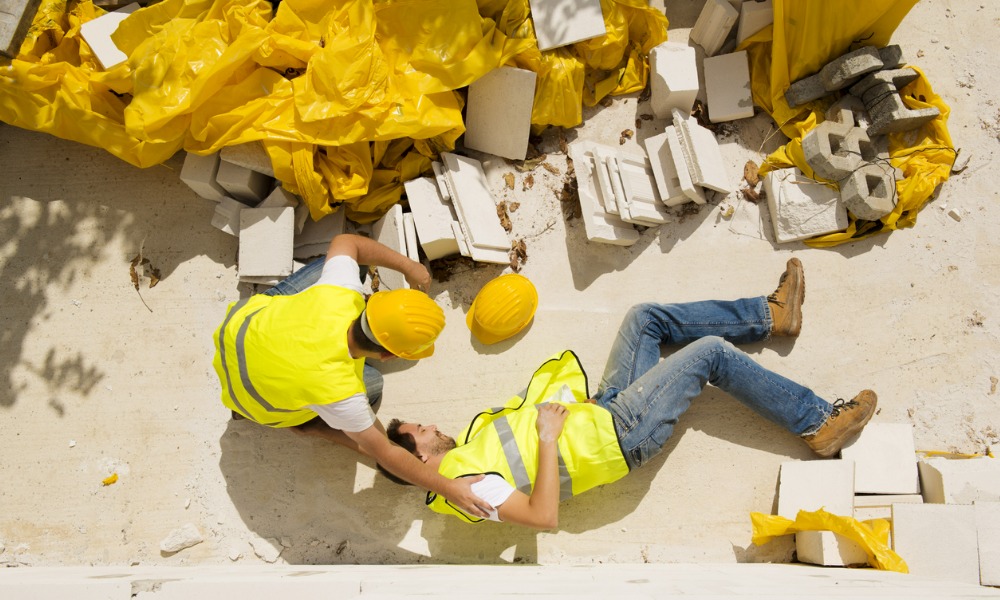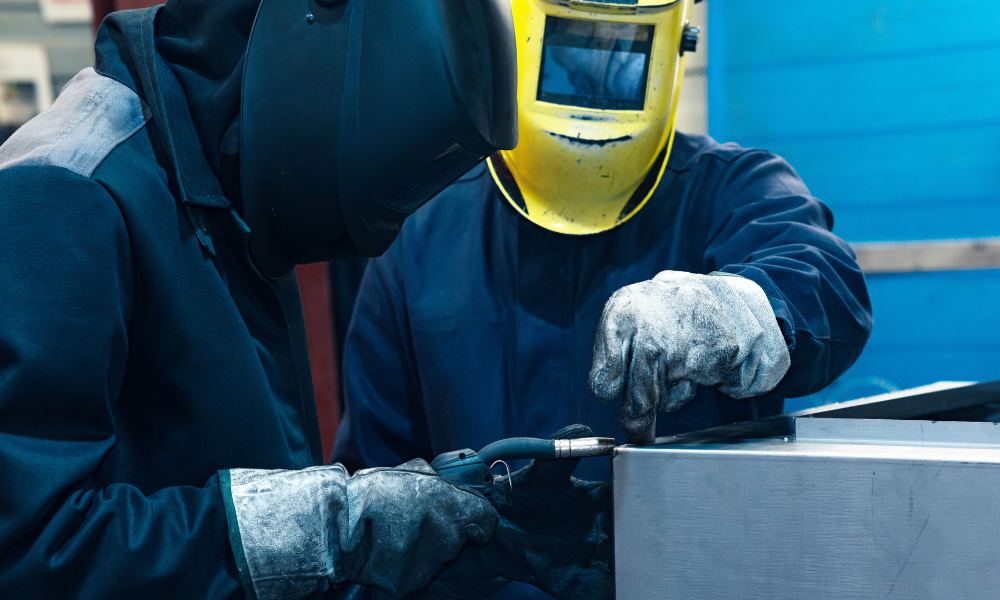WorkSafeBC emphasizes need for planning, training to prevent serious injuries in construction sector

WorkSafeBC has recently revealed a multi-year strategy in an effort to reduce high rates of injury in the construction sector. In B.C., the construction sector has an injury rate that is consistently higher than the provincial average, with serious injuries accounting for 19 per cent of all claims in the sector.
The organization says that the construction industry had an injury rate of 3.3 per 100 workers in 2020. In comparison, the average rate across all industries in the province is 2.14 per 100 workers.
With April being Construction and Skilled Trades month in B.C., now is the perfect time to focus on improving these injury rates and raising awareness around the risks of the construction sector.
Described as a “high-risk” strategy, WorkSafeBC’s aim is to reduce the number of serious and fatal injuries in the construction efforts by focusing on four key areas.
1. Struck-by mobile equipment. These injuries continue to drive the sector’s serious injury rate, and have surpassed falls from elevation – traditionally one of the highest injury generators in the sector – in terms of the number of injury claims.
2. Falls from elevation. Despite struck-by injuries becoming more prevalent, falls from elevation nevertheless continue to be one of the main drivers of serious injury rates in construction.
“Falls from elevation result in some of the most serious work-related injuries, as nearly every worksite has the potential for a fall,” says Dan Strand, Director, Prevention Field Services. “As part of our high-risk strategy for construction, we are emphasizing the need for proper planning, supervision, training, and use of fall protection equipment.”
Strand says that WorkSafeBC wants employers to “reduce or eliminate the risk of falling from ladders, structures, work platforms and scaffolds.”
3. Musculoskeletal injuries (MSIs) and repetitive strain injuries (RSIs). WorkSafeBC says that overexertion and RSIs are the main drivers of MSI claims in the sector. More needs to be done to raise awareness and expose workers to best practices to ensure optimal physical health.
4. High voltage limits of approach. Lack of controls around working in proximity to high voltage power lines – a high-risk work activity – puts workers at serious risk of injury. For all of the above, WorkSafeBC emphasizes that construction employers and safety professionals need to ensure that workers are given adequate training, supervision and orientation to help build safer work sites.
Workplace inspections are also a key part of WorkSafeBC’s strategy to improve construction safety and serious injury rates. In 2021, WorkSafeBC prevention officers conducted a total of 7,131 initiating inspections. These resulted in 8,145 orders, and a total of 156 penalties imposed on employers.
“Our inspections are taking a risk-based approach to ensure the most significant risks are being managed effectively. This involves employers and their workers working together to identify hazards, evaluate risks, and implement the appropriate controls specific to the work being done on-site,” says Al Johnson, Head of Prevention Services for WorkSafeBC.





